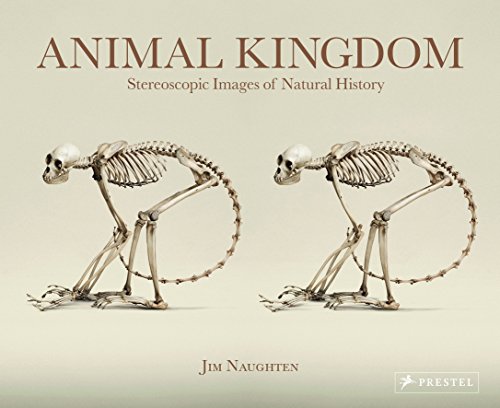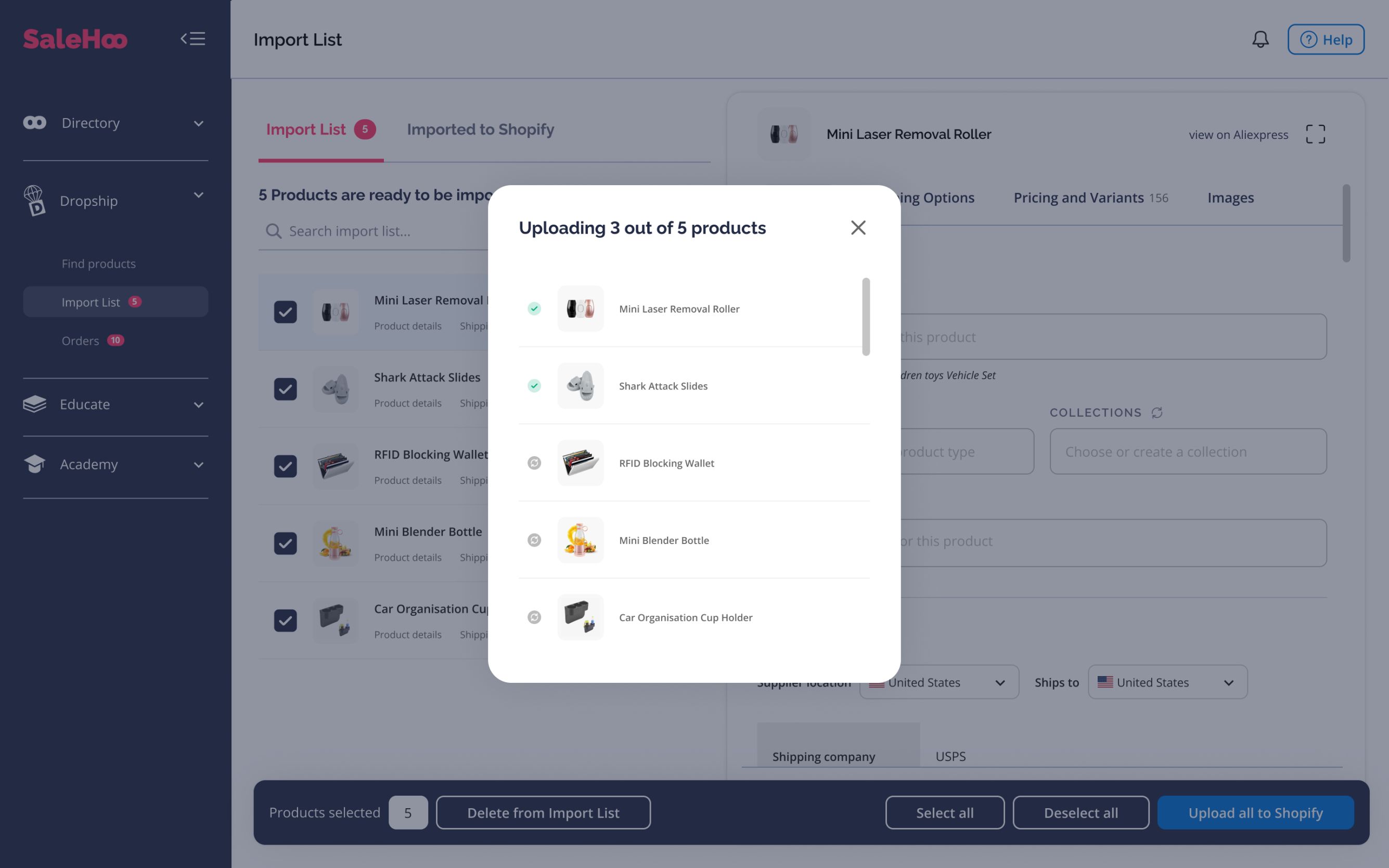Animal Kingdom: Stereoscopic Images Of Natural History
This post contains affiliate links. As an Amazon Associate I earn from qualifying purchases Drawn from the archives of some of the world’s finest museums, this collection of historic specimens, photographed for stereoscopic viewing, brings the natural world to life in thrilling and beautiful ways. Since collecting fossils as a child, photographer Jim Naughten has
This post contains affiliate links. As an Amazon Associate I earn from qualifying purchases
Drawn from the archives of some of the world’s finest museums, this collection of historic specimens, photographed for stereoscopic viewing, brings the natural world to life in thrilling and beautiful ways. Since collecting fossils as a child, photographer Jim Naughten has always been fascinated by the natural world. Now a renowned photographer, he has started to experiment with stereography and has turned to his boyhood interest, gaining access to some of the world’s most prestigious natural history museums. This gorgeously produced book contains 50 images of marine life, reptiles, mammals, birds, and primates photographed expressly for viewing through a stereoscope, which is included with the book. Stereoscopy was invented in 1839 to study binocular vision. Having two eyes allows humans to determine distance and depth, and stereoscopy shows a left- and right-eye view from a slightly different angle, as we see things in day-to-day life. Looking through the viewer, readers will see the specimens as three-dimensional objects. As the images jump off the page, their incredible details become apparent―delicate bat wings, the spiraling skeleton of a python, the almost mythic form of a leafy sea dragon. Texts on the work, the history of stereoscopy, and the specimens themselves provide rich background to the project and Naughten’s achievement in bringing to life a world that seamlessly melds the past and present.
Product Features
- Animal Kingdom Stereoscopic Images of Natural History




